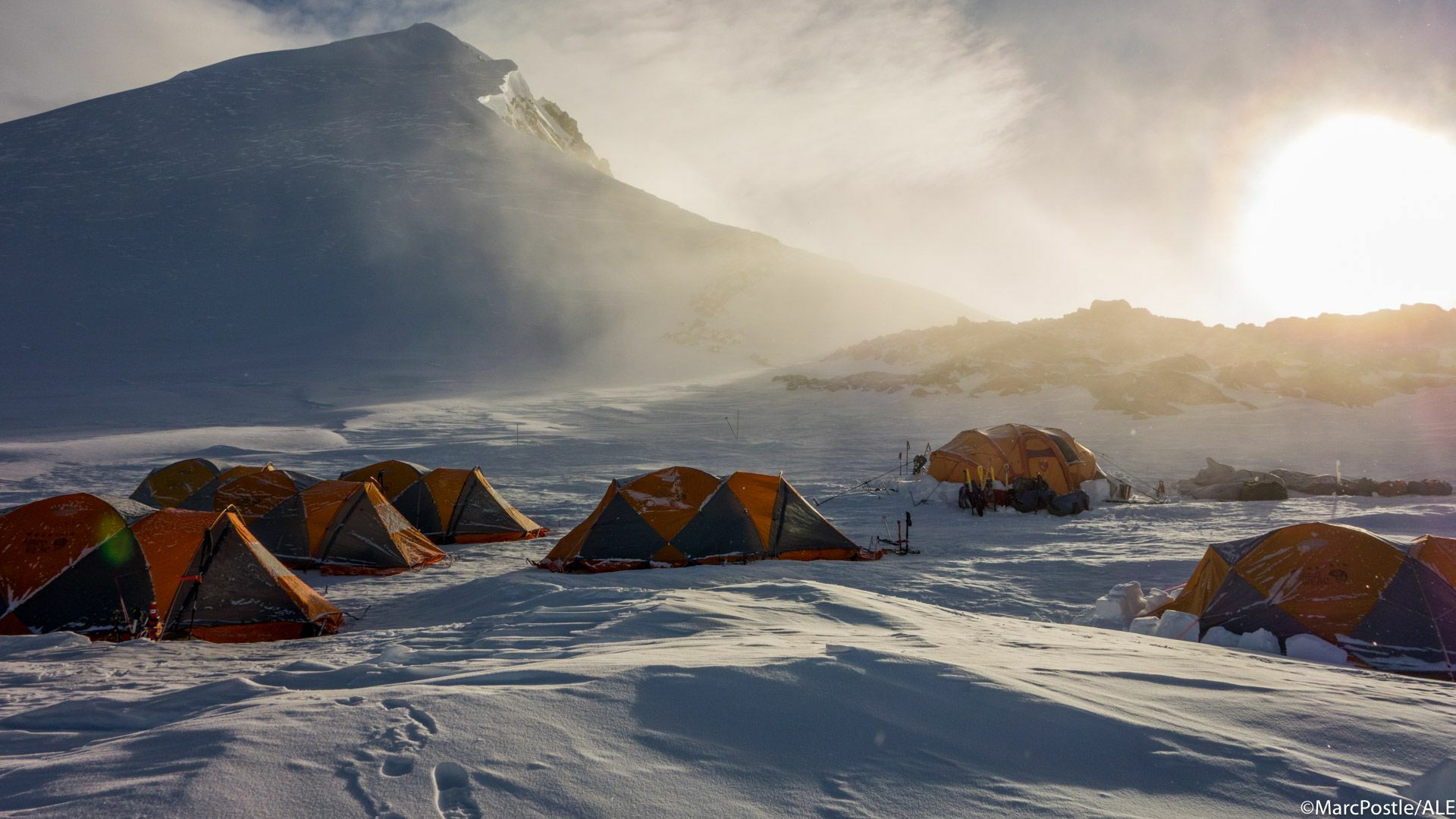***If you are wondering why are we talking about some of the world's most famous peaks - this is thanks to our Community member ranks! Every athlete in the community has a rank based on their contributions and ranks are named after prominent peaks of the world. Our series 'To The Peaks & Beyond' aims to bring you the stories and fun facts behind these peaks.
Check out the rest of the series here.
If you could go anywhere on Earth, I’m willing to bet that the coldest, windiest, highest, driest and least populated continent wouldn’t be your first choice. There lies a coveted prize that a select few have had the determination and resources to explore: ✨ Vinson Massif ✨
Sounds like: /ˈvɪnsən mæˈsiːf/ “vin · suhn | ma · seef”
Famous for being one of the "Seven Summits", the highest peak in Antarctica lies at 4,892 meters (16,050 ft) above sea level and has attracted at least 1400 people attempting to reach its icy summit. Also known as Mount Vinson, it is named after a U.S. congressman from Georgia who generously supported the Antarctic research programs of 1957, which subsequently led to its discovery.
Climbing this peak isn’t deemed to be very technical or difficult, the biggest challenges are facing the extreme climate, sorting out the logistics of travel in Antarctica, and gathering the eye-watering sum of US$46,000 to cover the cost. It’s a very isolated, permanently frozen peak that requires traveling from Punta Arenas, Chile, first. Multiple guide companies offer expeditions to the top. Only a cargo plane with ski landing gear can manage the flight and the basecamp is set up on a nearby smooth ice cap, west of the Sentinel Range. There is very little snowfall there (46cm/18in per year) but an abundance of ice and glaciers. Temperatures may drop to -40°F (-40°C) and severe storms aren’t uncommon. Raise your hand if you prefer the sound of this over a vacation in Fiji? ✋Yeah, I didn’t think so.
A team of Americans led by Nicholas Clinch were the first people to summit it nine years after its discovery and a second ascent didn’t occur until many years later, due to the challenges of reaching its remote location.

Fun facts:
- The “summer season” (November through January) has 24 hours of sunlight and is the best time to attempt to climb it.
- 🌡 The average temperature during these months is −30 °C (−20 °F).
- Antarctica has some very strict rules for visitors, taking anything is banned. This means you can’t put rocks, feathers, bones, or any kind of biological material in your pockets
- There's a slim chance to summit Vinson if you’re a smoker: you can only smoke in designated areas in Antarctica 🚭 and you have to carry every bit of ash until you leave to safely deposit it (this also counts for any litter you make).
- There are no porters in Antarctica and if you decide to climb Vinson Massif, you’ll have to carry all of your own gear, as well as a share of the group’s gear.
- The second highest mountain in Antarctica is called Mount Tyree and it’s only 7 miles north of Vinson, only 7 climbers have summited it.
- Some people like to fly to “The Last Degree” 89°S and ski the final 70 miles/112kms to reach the most southerly point on Earth after summiting!
So, does this sound like your cup of tea? Would you rather spend a 2-week vacation in the grueling cold trying to climb this peak or snooze in the sun on a tropical island?
Till the next peak! 🏔️✌️

